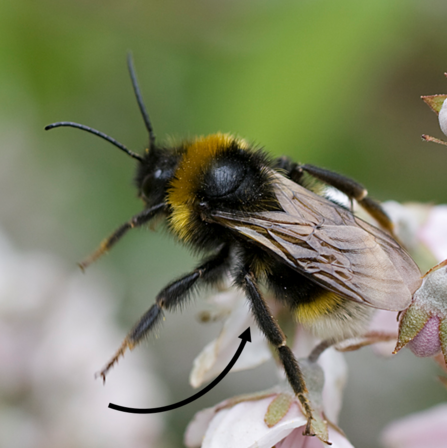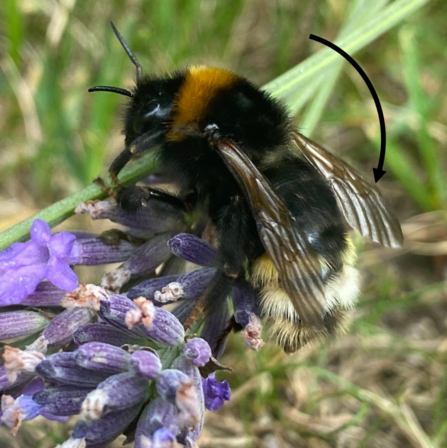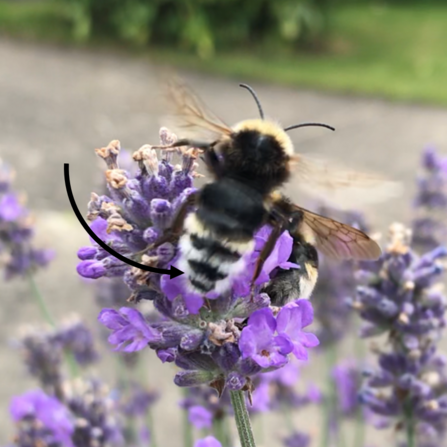We’ve all heard of the familiar cuckoo. A bird whose song traditionally heralds the start of spring; a song which sounds the same as its name: ‘cuck-oo’.
The cuckoo bird is famous for laying its eggs in other birds’ nests, fooling them into raising their chick as its own. This behaviour, known as ‘brood parasitism’, also exists in the insect world.
Cuckoo bumblebees use a similar strategy, laying eggs in another bees’ nest and fooling worker bees into raising them as their own brood. But how do they get away with such a devious trick?







